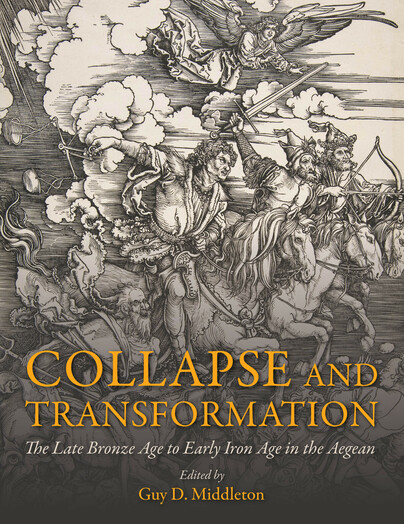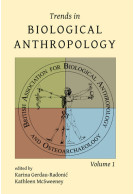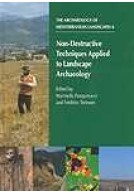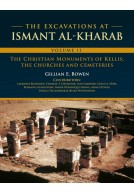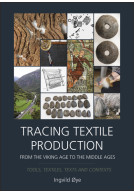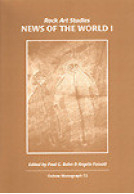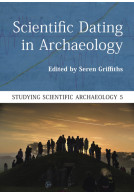Collapse and Transformation (Hardback)
The Late Bronze Age to Early Iron Age in the Aegean
Imprint: Oxbow Books
Pages: 280
ISBN: 9781789254259
Published: 1st April 2020
Script Academic & Professional
Pages: 280
ISBN: 9781789254259
Published: 1st April 2020
Script Academic & Professional
You'll be £60.00 closer to your next £10.00 credit when you purchase Collapse and Transformation. What's this?
+£4.99 UK Delivery or free UK delivery if order is over £40
(click here for international delivery rates)
Order within the next 4 hours, 6 minutes to get your order processed the next working day!
Need a currency converter? Check XE.com for live rates
(click here for international delivery rates)
Order within the next 4 hours, 6 minutes to get your order processed the next working day!
Need a currency converter? Check XE.com for live rates
The years c. 1250 to 1150 BC in Greece and the Aegean are often characterised as a time of crisis and collapse. A critical period in the long history of the region and its people and culture, they witnessed the end of the Mycenaean kingdoms, with their palaces and Linear B records, and, through the Postpalatial period, the transition into the Early Iron Age. But, on closer examination, it has become increasingly clear that the period as a whole, across the region, defies simple characterisation – there was success and splendour, resilience and continuity, and novelty and innovation, actively driven by the people of these lands through this transformative century.
The story of the Aegean at this time has frequently been incorporated into narratives focused on the wider eastern Mediterranean, and most infamously the ‘Sea Peoples’ of the Egyptian texts. In twenty-four chapters written by specialists, Collapse and Transformation instead offers a tight focus on the Aegean itself, providing an up-to date picture of the archaeology ‘before’ and ‘after’ ‘the collapse’ of c. 1200 BC. It will be essential reading for students and scholars of the Aegean and eastern Mediterranean regions, as well as providing data and a range of interpretations to those studying collapse and resilience more widely and engaging in comparative studies.
Introductory chapters discuss notions of collapse, and provide an overview the Mycenaean collapse. These are followed by twelve chapters, which review the evidence from the major regions of the Aegean, including the Argolid, Messenia, and Boeotia, Crete, and the Aegean islands. Six chapters then address key themes: the economy, funerary practices, the Mycenaean pottery of the mainland and the wider Aegean and eastern Mediterranean region, religion, and the extent to which later Greek myth can be drawn upon as evidence or taken to reflect any historical reality. The final four chapters provide a wider context for the Aegean story, surveying the eastern Mediterranean, including Cyprus and the Levant, and the themes of subsistence and warfare.
Other titles in Oxbow Books...







